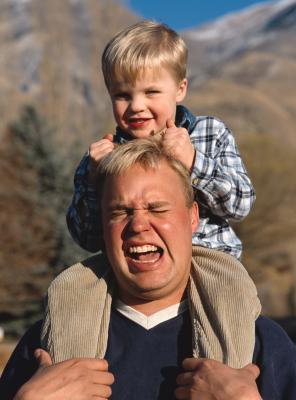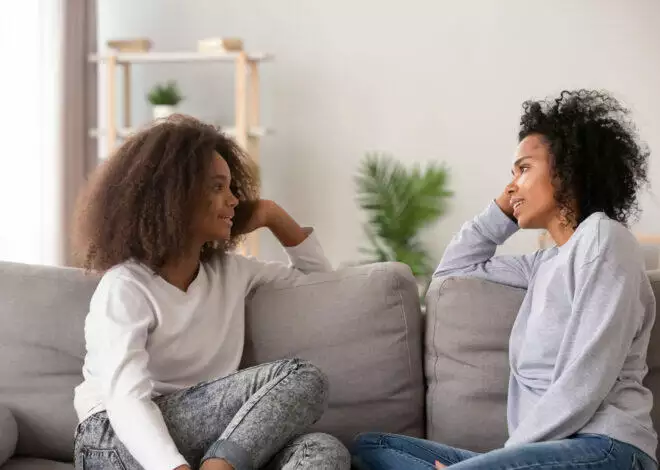When it comes to hair pulling, either children pull other children’s hair, sort of akin to biting, hitting or pinching another kid, or they pull out their own hair, a compulsive behavior called trichotillomania. Either way, hair pulling is never good. Getting toddlers to refrain from pulling a playmate’s or a sibling’s locks is easier, though, than dealing with trichotillomania, which can often be a lifelong problem.
Why Toddlers Pull Hair
Toddlers who resort to hair pulling usually do so to exert some kind of control over their environment, according to the BabyCenter. Psychologist Mark W. Roberts told the BabyCenter that toddlers who are 12 to 18 months usually pull hair to get a reaction. They pull hair, and they get the other person to say “ouch,” which for toddlers could be great fun. Toddlers that age also pull hair to prevent another kid from taking a toy, says Roberts. Toddlers who are 2 to 3 years old sometimes pull hair to get back at someone as a punishment.
Teach Your Child
You must teach your toddler that hair pulling is not acceptable. The easiest way to do that is to catch her doing it and explain that pulling hair is bad. Time-outs work for toddlers older than 2 years. With a younger child, you can grasp her hand and say “no.” Explain that pulling hair hurts people. Don’t pull her hair to demonstrate because you would be doing the very behavior you are trying to stop.
Pulling Your Own Hair
Trichotillomania, also called hair-pulling disorder, is an urge kids can get that makes them want to pull their hair out. Trichotilomania can lead to bald spots on your child’s head. Most times, this condition develops when a child is around 12 years old. Girls are four times more likely to develop the condition than are boys. This disorder can run in families, and it can be mild and manageable, or the urge to pull the hair can be overwhelming, according to MayoClinic.com. Some kids consciously, even ritualistically, pull their hair, while others pull their hair without even realizing they are doing it.
Triggers
Possible trichotillomania triggers are stressful events in your child’s life, such as moving or the death of a family member. Hormones could also trigger the condition. Young children who pull their own hair during bedtime, for example, usually just stop the behavior on their own, according to MayoClinic.com. Older kids with trichotillomania pull their hair to relieve stress. Other disorders often accompany trichotillomania, such as obsessive-compulsive disorder, depression and eating disorders.
Treatment
Cognitive-behavioral therapy is the form of psychotherapy usually used to treat trichotillomania because this type of therapy focuses on getting the patient aware of the hair pulling and teaches the patient how to stop doing it. Doctors sometimes prescribe antidepressants for trichotillomania, but usually combined with the cognitive-behavioral therapy, not as a stand-alone treatment. Besides the standard treatments, some anecdotal reports suggest that hypnotherapy and biofeedback may help treat the condition and help prevent relapses, according to MayoClinic.com.





